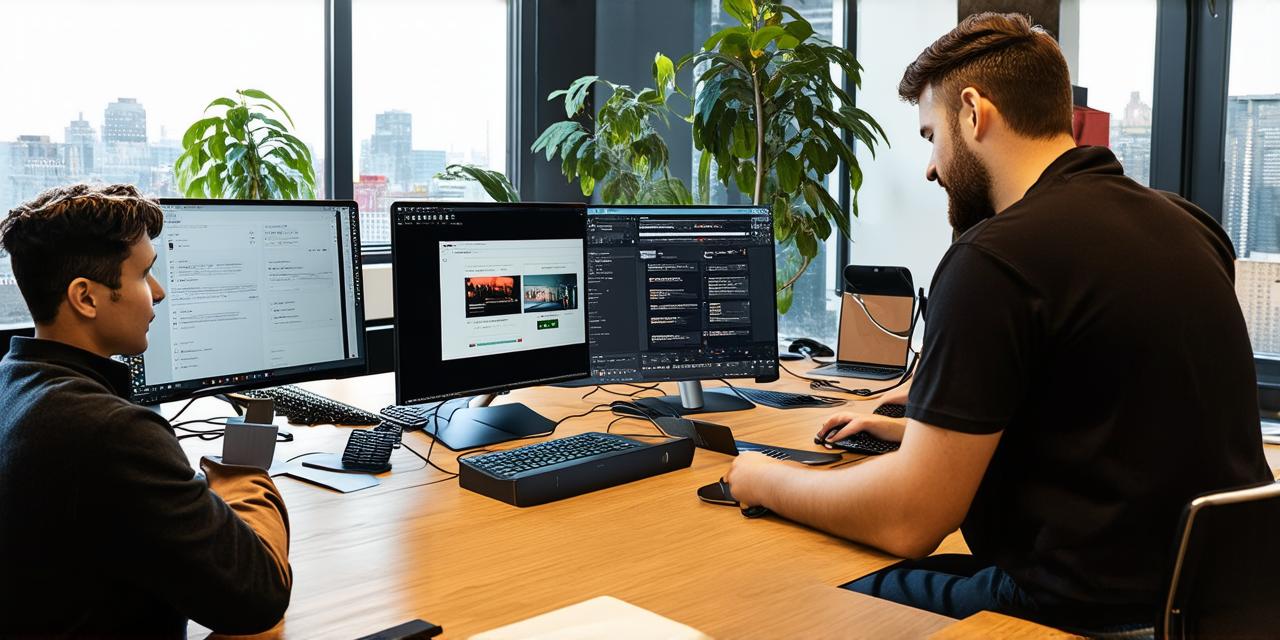What type of web designer do you need for your project?
BlogAs a business owner or individual seeking to create an online presence, you’ve likely considered hiring a web designer to help bring your vision to life. But with so many different types of web designers available, it can be challenging to determine which one is the right fit for your project. In this article, we will explore the different types of web designers and provide guidance on how to choose the best one for your needs.
Introduction:
As a business owner or individual seeking to create an online presence, you’ve likely considered hiring a web designer to help bring your vision to life. But with so many different types of web designers available, it can be challenging to determine which one is the right fit for your project. In this article, we will explore the different types of web designers and provide guidance on how to choose the best one for your needs.
Types of Web Designers:
1. Front-End Web Designer:
Front-end web designers are responsible for creating the visual elements of a website, such as the layout, color scheme, and user interface. They use HTML, CSS, and JavaScript to bring designs to life and ensure that the site is both visually appealing and easy to navigate. Front-end web designers can work independently or in conjunction with back-end developers to create a complete website.
Case Study:
A small business owner wanted to create an online store using Shopify. They hired a front-end web designer to create the design of the site, including the layout and user interface. The designer used their expertise in HTML, CSS, and JavaScript to create a visually appealing and easy-to-use website that was optimized for conversion.
2. Back-End Web Designer:
Back-end web designers are responsible for creating the functionality of a website, such as the database design, server-side scripting, and API integration. They use languages like PHP, Ruby, and Python to create websites that can handle complex tasks and data management. Back-end web designers work in conjunction with front-end designers and project managers to create a complete website.
Case Study:
A large enterprise wanted to create a custom enterprise resource planning (ERP) system for their employees. They hired a back-end web designer to create the database design, server-side scripting, and API integration. The designer worked closely with the front-end designers to ensure that the site was both functional and visually appealing.
3. User Experience (UX) Designer:
User experience (UX) designers are responsible for creating a seamless user experience on a website or app. They conduct research to understand user needs and behavior, create wireframes and prototypes, and work with developers to ensure that the final product is intuitive and easy to use. UX designers can work independently or in conjunction with other designers and developers.
Case Study:
A tech startup wanted to create a mobile app for their new product. They hired a UX designer to conduct research on user needs and behavior, create wireframes and prototypes, and work with the app’s developers to ensure that it was intuitive and easy to use. The designer’s attention to detail and focus on the user experience helped make the app a huge success.
4. Web Developer:
Web developers are responsible for building websites using a combination of front-end and back-end technologies. They can work independently or in conjunction with designers and other developers to create complete websites.
Case Study:
A small business owner wanted to create an online store using WordPress. They hired a web developer who used their expertise in HTML, CSS, JavaScript, PHP, and Ruby to build a fully functional e-commerce website that was both visually appealing and optimized for conversion.
Factors to Consider When Choosing a Web Designer:
1. Portfolio:
When choosing a web designer, it’s important to review their portfolio to get a sense of their skills and experience. Look for examples of projects they’ve worked on in the past, including screenshots or links to live sites they’ve designed.
2. Communication:
Good communication is key when working with a web designer. Make sure to choose someone who is responsive, professional, and easy to work with. Ask for references from previous clients to get a sense of their communication style.
3. Availability:
It’s important to choose a web designer who is available and able to meet your project timeline. Look for someone who can provide you with clear deadlines and deliver on time.
4. Cost:
Web design costs can vary widely depending on the type of designer and the complexity of your project.
